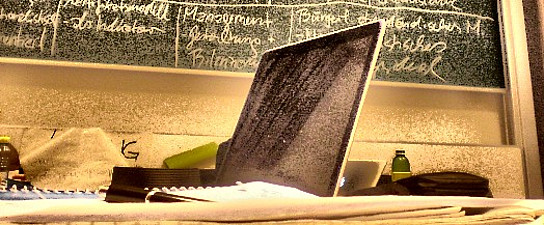Program
Video recordings of talks. Speakers can get video recordings of their talks by writing to the conference chair (this offer is still current in 2020).
Local programs. These include both live and virtual presentations as well as local-only events (concerts, social events and so on) and have been printed at each hub separately. See hub homepages for further information.
Global program. This is presented in two different ways:
- pdf-overview showing session labels (e.g. "T1G" means a short talk session happening in Graz)
- detailed program including individual authors and titles
In the global program, all times are in UTC (GMT). To convert to local time,
- add 2 hours for Graz
- add 10 hours for Sydney
- subtract 4 hours for Montreal
- subtract 3 hours for La Plata.
To see the scheduled time of your talk or poster (in UTC), go to "Your submissions" in ConfTool.
Electronic conference materials (abstracts, live stream links, videos, discussions) will be available to registered participants within a separate password-protected system (Moodle).
How will it work?
Let's say you are giving a talk in Montreal. Of course you will have a regular local audience, and even if the internet suddenly stopped working your local audience would still be there, as at a regular conference. Apart from that, you will have an additional virtual audience which may be either real-time or delayed (i.e. a group of colleagues will watch your video later in the program at another location). If you give your talk in the morning in Montreal, it may be viewed in real time in La Plata(morning their time) or Graz (evening their time). The audience in Graz or La Plata will then take part in the discussion following the talk. If you give your talk in the evening in Montreal, it may be viewed in real time in La Plata (evening their time) or Sydney (morning their time).
The above figure is a sketch of the 24-hour program for one day in July (summer in the northern hemisphere). The exact form will vary from day to day depending on specific program events. There should for example be a half-day break at all hubs in the middle of the conference.
The numbers in the top row are the time at the start of each 1-hour timeslot relative to GMT (Greenwich Mean Time), which for our purposes is the same as UTC (coordinated universal time, temps universel coordonné). Consider the red block in the figure between 13 and 16 UTC. At 13 UTC it will be 9am in Montreal Canada, 10am in La Plata Argentina, and 3pm in Graz Austria. At this time, the morning halfday will begin in the Americas and the afternoon/evening halfday will begin in Europe. For four hours, these three hubs will be in constant communication.
The timetable has been created to optimize real-time interaction. With hubs in four specific time zones and assuming an eight-hour working day, it is not reasonably possible to avoid occasional periods of international isolation. In this solution, isolated periods are confined to two hubs: two hours per day in Sydney (11am to 1pm) and one hour in La Plata (5-6pm). This problem can be solved in future conferences by increasing the number of hubs.









